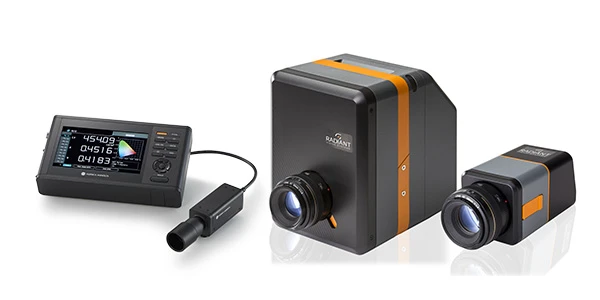Understanding Display Industry Acronyms and Abbreviations

The display industry is constantly changing and evolving. This can be seen in the way that new technologies are developed and released on a regular basis. One area where this change is particularly evident is in the acronyms and abbreviations used within the industry. While some of these acronyms and abbreviations are well-known (e.g., OLED, DCI-P3, etc.), others are more obscure, making it difficult to keep up with the latest terminology.
To help you make sense of all the jargon, below is a quick reference guide to some of the acronyms and abbreviations used within the display industry.
AOI (Automated Optical Inspection): The use of automatic optical systems (e.g., machine vision cameras, imaging photometers, etc.) to inspect the visual quality of display in the manufacturing process.
CCD (Charge Coupled Device): A type of sensor with numerous photo-sensitive sites (pixels) used in advanced digital cameras and imaging systems. It captures photons (light) and converts them to electrons. Electrons are collected and read out to a preamplifier from one row of sensor pixels at a time to convert to voltage before digitizing by an Analogue to Digital Converter (ADC) to produce a digital and machine-readable signal.
CMOS (Complementary Metal-Oxide Semiconductor): A type of sensor used in advanced digital cameras and imaging systems captures and converts light through numerous pixels into electrons. CMOS sensor has a capacitor and amplifier on each pixel that converts electrons into voltage before digitizing by an ADC to produce a digital and machine-readable signal.
PPI (Pixels per inch): A metric used to quantify the display pixel density. It indicates the number of pixels in every inch of a display panel.
EOTF (Electro-Optical Transfer Function): A mathematical function used in HDR (High Dynamic Range) display that converts an electrical signal into an optical signal to a specific brightness on the screen.
FOV (Field of View): Can represent the visual range presented by an AR (Augmented Reality)/VR (Virtual Reality)/MR (Mixed Reality) device, the human’s range of vision (degrees), or the solid angle that can be captured and measured by an optical system. For example, Imaging photometers or colorimeters, with an XRE lens, from Radiant Vision Systems (RVS) are capable of measuring the FOV within an AR/VR/MR headset up to ±35° (70° total).
MTF (Modulation Transfer Function): A single specification that describes the capabilities of the imaging systems or lens to transfer details (resolution and contrast) from the object to the image. Useful in testing AR/VR/MR devices, HUD (Head-Up Display), etc.
Check out this article for more display-related acronyms and abbreviations.
As display technologies evolve rapidly, display testing is becoming increasingly complex. Konica Minolta, with RVS, offers a broad selection of display testing solutions that can measure the various key characteristic of the display (e.g., luminance, chromaticity, etc.) with ease. From Display Color Analyzer CA-410, which can be used for gamma adjustment and flicker measurement, to ProMetric® Imaging Photometers/Colorimeters that can characterize display viewing angle and provide pixel-level measurement.

Konica Minolta Display Color Analyzer CA-410 (left) and ProMetric® imaging colorimeter and photometer (right)
Need assistance finding the right display metrology solutions? Contact our specialists for a free consultation now.
